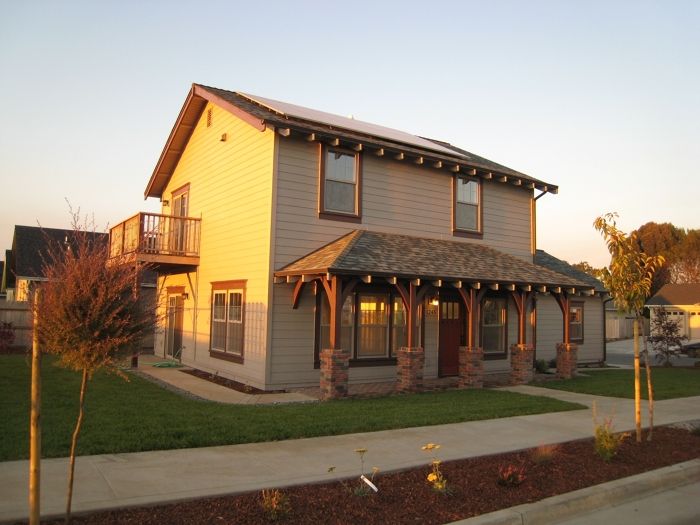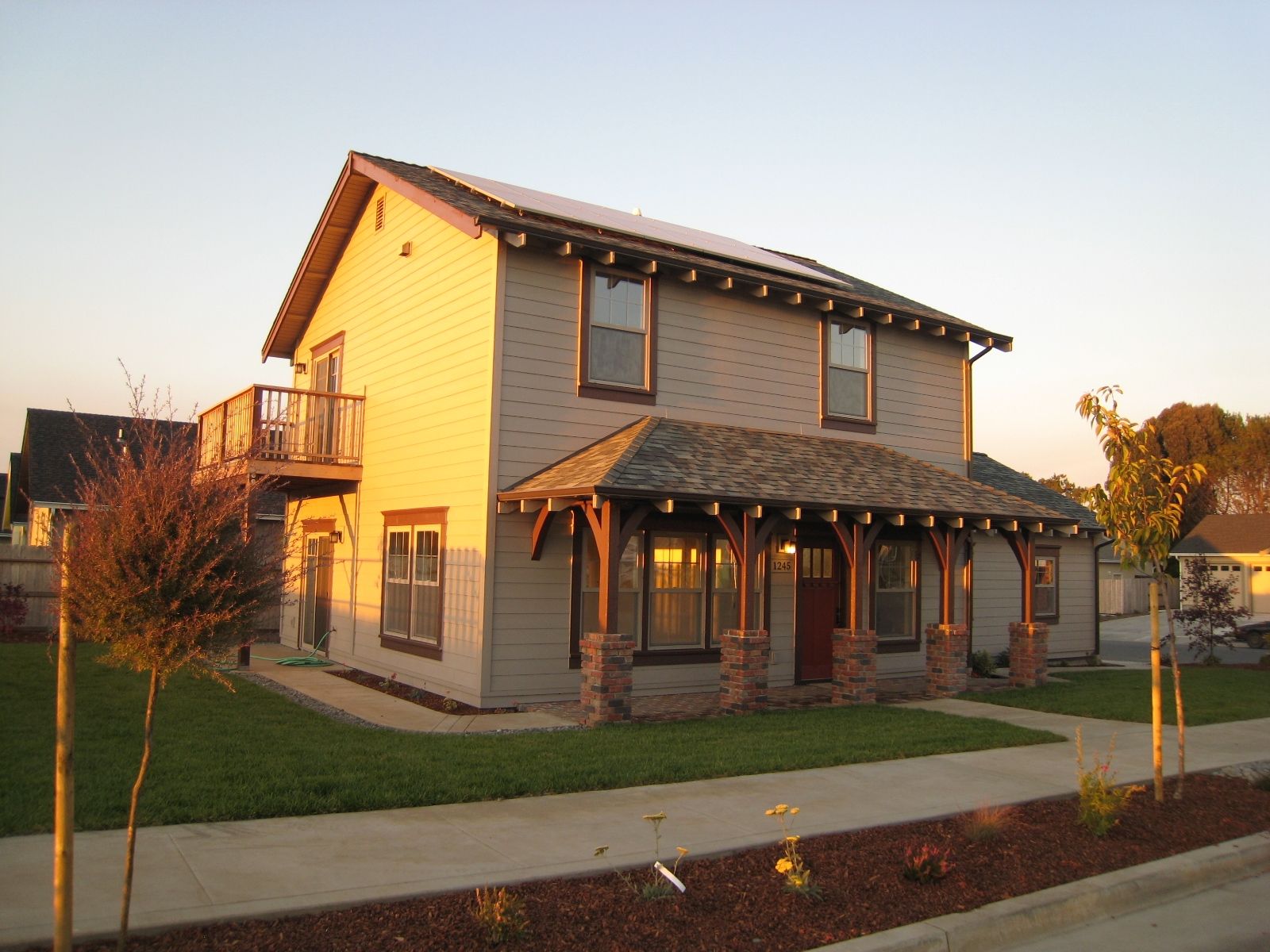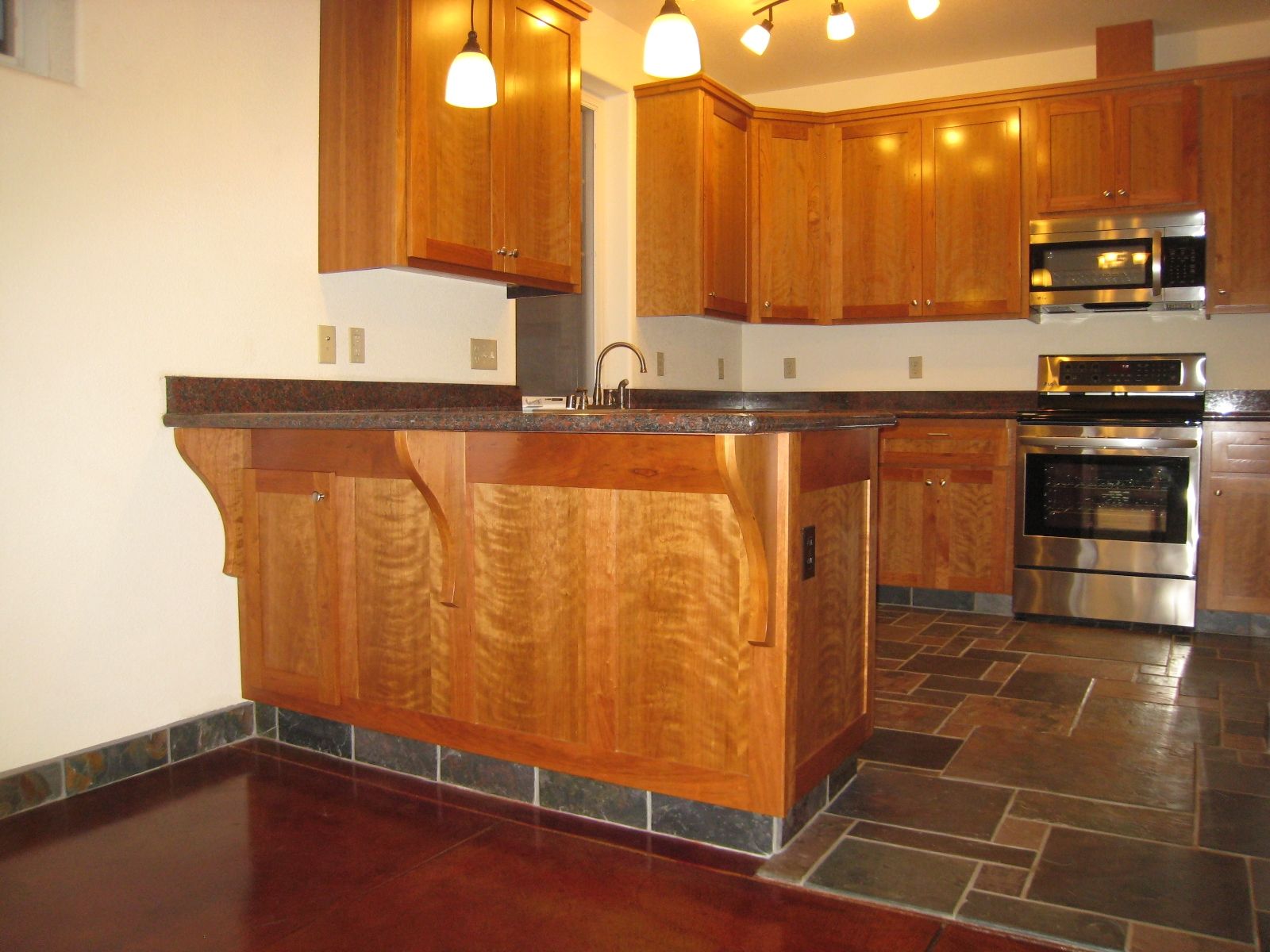
It may have taken two years, but when the house was finished, these builders did what builders everywhere do: stepped back to admire their work, put the house on the market, and started thinking about the next project. Or possibly the senior prom.
This group of 30 builders, all between 16 and 18 years old, are students in David Enos’s high-school building class in Humboldt County, Calif. They take pride in knowing that the house sold on the open market for $300,000 to a homeowner who was tickled with the quality of the work and the low energy bills.
Building any house can be complicated enough for full-time professionals, but this 1,560-sq.-ft., three-bedroom model moved ahead in two-hour increments, five days a week during the school year. Enos had to save time in each two-hour class for setting up tools at the start and for cleaning up before class ended. What wasn’t finished in one year just rolled into the next.
“It’s tough to pull off,” says Enos, an architectural-design and building-trades instructor in the Humboldt Regional Occupational Program. “We try to stay organized, and we have a lot of people who buy into what we’re doing.”
Enos’s classes have built 13 houses from start to finish over the years, while also helping out on a variety of other community building projects. Some of his student builders have woodworking or carpentry skills when they start, but many others do not. The first thing this class did was break into two-person teams and build sawhorses. Then they moved onto the house.
Energy-efficient design
The class bought a set of plans from a local contractor and massaged the design until they had something of their own. The two-story Craftsman-style house includes custom-door and window-trim elements, a brick entry porch with brick columns, stained concrete floors, west-facing ocean views, and cherry kitchen cabinets.
Enos and his students tried to incorporate some of the latest green-building practices, although they decided to skip any attempt for LEED certification.
“It’s fluff,” says Enos. “What we try to do with our houses is do the stuff the average builder can do. You just have to add a few steps to make it energy efficient.”
Features include:
- Exterior walls with 2×6 framing and blown-in fiberglass insulation. On the interior, builders cut strips of 1/2-in. thick rigid-foam insulation and applied them to the faces of studs and top and bottom plates as a thermal break between the drywall and framing. Blown-in attic insulation is rated at R-38.
- A slab foundation insulated with 2 in. of rigid foam.
- A radiant-floor heating system linked to a high-efficiency condensing gas water heater.
- A centrally located mechanical closet that allowed short plumbing and wiring runs.
- A passive-solar design with most of the windows located on the south and west sides of the house. Concrete and slate floors on the first floor act as a heat-absorbing mass to help warm the house.
- A roof-mounted 2.33kw photovoltaic system connected to the local electric utility. The system can be monitored online.
- A heat-recovery ventilator that replaces indoor air every three hours.
- Light-emitting diodes and compact fluorescent light fixtures.
- Low-VOC paint and cabinets made from wood that minimize formaldehyde off-gassing.
“We were going to try our darnedest to make it as energy efficient as we could,” Enos says. The house is 43% more efficient than required by California’s Title 24 energy code, although it’s officially rated at only 22% or 23% better, Enos says, because of a “paperwork thing” involving standby heat losses from the water heater.
Even so, the house is head and shoulders above a house built to code minimums. Enos received a note from the new owner that said the solar panels were more than keeping up with demand.
“She wanted to thank us for the house because she’s generating more power than she’s using, and she’s actually making money each month instead of paying money out to the utilities,” Enos says.
A little help from a lot of people
This vocational program is underwritten by the county, which is repaid once a house is sold. The class also benefits from manufacturers and local businesses that kick in building materials. When they are needed, local professionals volunteer their time or work at reduced rates.
The $20,000 photovoltaic system on this house, for example, was donated, as was the framing lumber, backhoe work, engineering work, and interior and exterior paint. Andersen knocked $1,000 off the price of its already reduced-price windows.
When Enos first began working with students more than 20 years ago, he counted on community building projects popping up as his class needed them. Later, he decided to be more proactive about lining up projects. He talked with a contractor friend who agreed to front the class a building lot, and Enos landed a construction loan. Profits went back into the program. Later, the county took over funding.
The real payoff, though, may be intangible. Some of the students go on to careers in the building trades, and they leave the program with building knowledge, construction experience, and their own tools.
“While we are very proud of the work the students and our local community have accomplished,” Enos writes in a description of the project, “our real mission is to train today’s youth to become skilled, hard-working, responsible and successful adults. Whether the graduates decide to pursue a career in construction or another profession is not really all that important. What is important is for the graduates to see how they can use their own individual and unique skills to explore and follow their particular career path.”
Not unique but not average, either
Traditional high-school shop classes and vocational education may be taking a back seat to other types of training in the computer age. But building classes like the one Enos runs can be found at schools all over the country, says Susanne Peckham, editor of TechDirections, a magazine for technical and engineering educators.
What may be a little unusual, she says, is the energy efficiency of the most recent design, along with the overall quality of construction.
That was Enos’s intent. “It’s an awesome house,” he says. “We try to build hands-down the nicest house in the neighborhood.”
Fine Homebuilding Recommended Products
Fine Homebuilding receives a commission for items purchased through links on this site, including Amazon Associates and other affiliate advertising programs.

8067 All-Weather Flashing Tape

Affordable IR Camera

Reliable Crimp Connectors




























